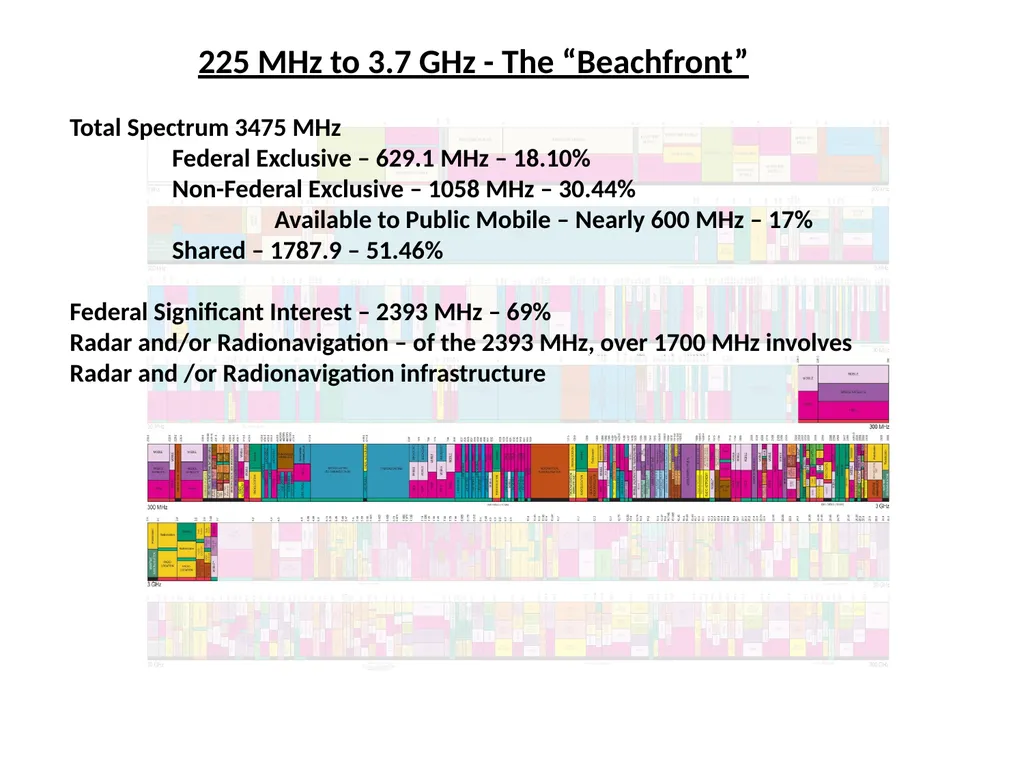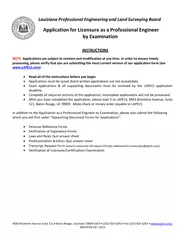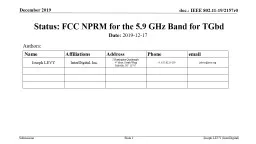
Author : lois-ondreau | Published Date : 2025-07-18
Description: 225 MHz to 3.7 GHz - The Beachfront Total Spectrum 3475 MHz Federal Exclusive 629.1 MHz 18.10 Non-Federal Exclusive 1058 MHz 30.44 Available to Public Mobile Nearly 600 MHz 17 Shared 1787.9 51.46 Federal SignificantDownload Presentation The PPT/PDF document "" is the property of its rightful owner. Permission is granted to download and print the materials on this website for personal, non-commercial use only, and to display it on your personal computer provided you do not modify the materials and that you retain all copyright notices contained in the materials. By downloading content from our website, you accept the terms of this agreement.
Here is the link to download the presentation.
"225 MHz to 3.7 GHz - The “Beachfront” Total"The content belongs to its owner. You may download and print it for personal use, without modification, and keep all copyright notices. By downloading, you agree to these terms.













